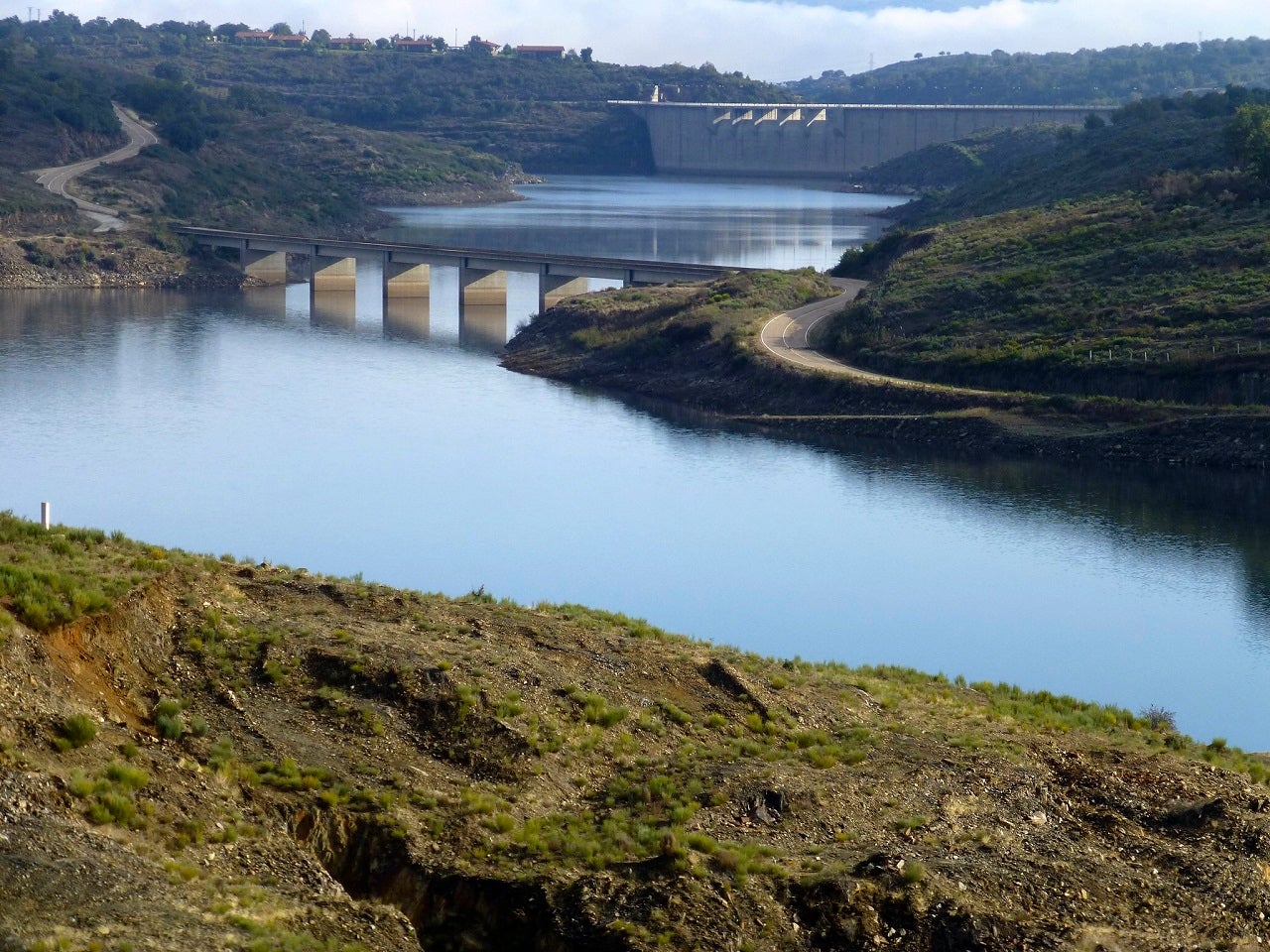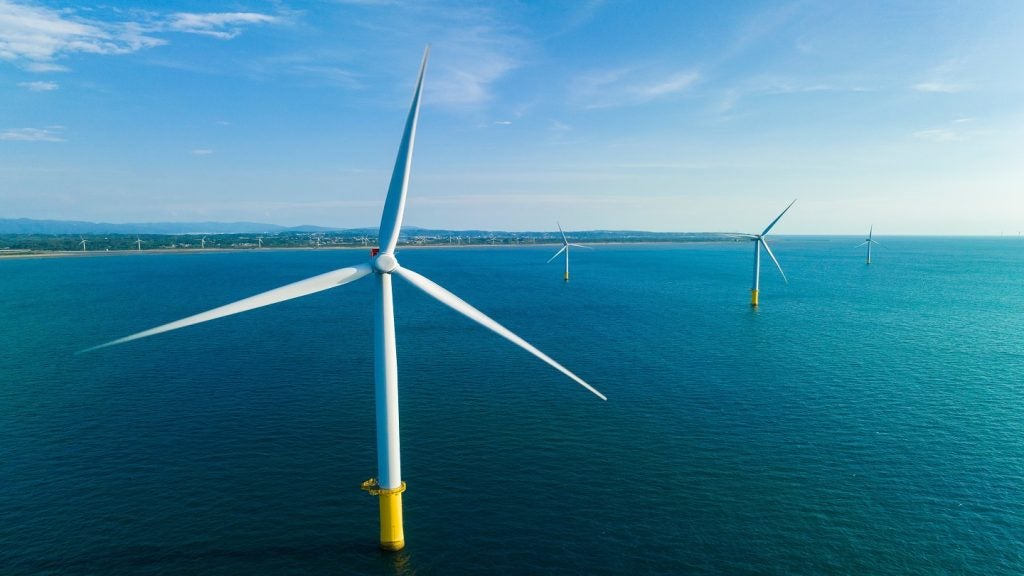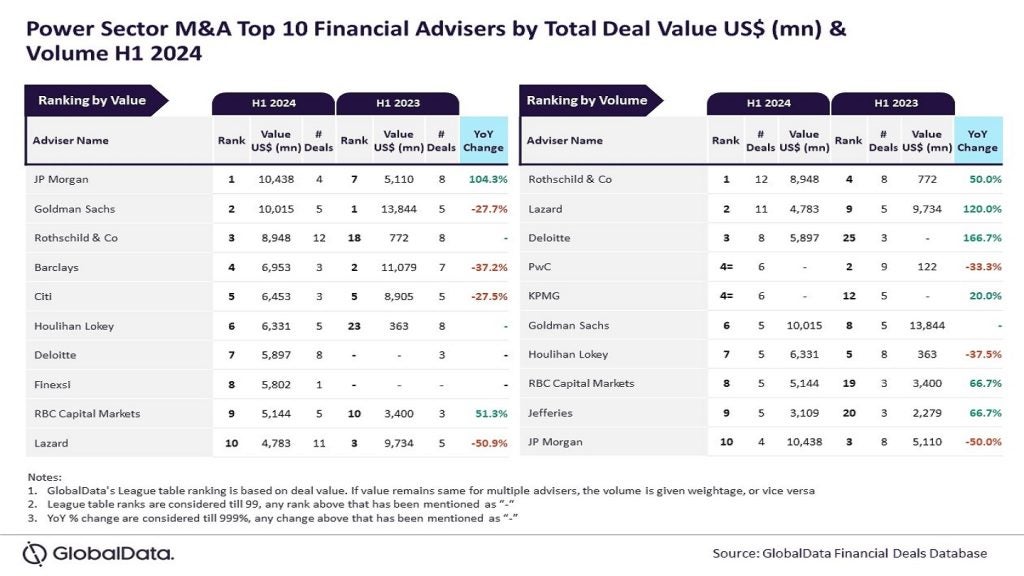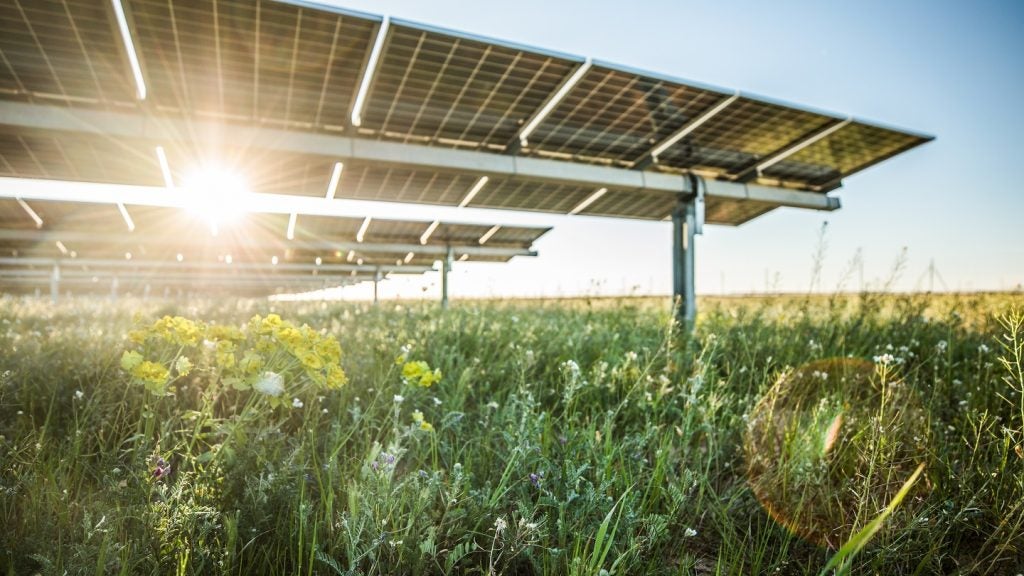
The IHA’s ‘We can, with hydropower’ public information campaign is well underway. But as any seasoned analyst knows, investors, governments and policymakers, not the public, are ultimately often responsible for ensuring renewable generation.
This being the case, hydropower progress following COP26 must be judged on real world metrics, such as pipeline confirmation and cross partnerships with global agencies. To be fair, some of this is now in place for hydropower, but it remains a mixed bag when it comes to predicting what green juice the technology can truly add into the mix.
Alex Campbell, head of research and policy at the IHA, is aware of the challenges facing hydropower post-COP26. He argues that sustainable hydropower has an important role to play in the clean energy transition, and the ability to deliver on global net-zero ambitions through flexible grids and storage.
“The energy storage and flexibility services provided by hydropower are increasingly important as the proportion of variable renewables, such as wind and solar power, grows,” he says.
2030, 2050, and beyond
Campbell argues that to develop enough new hydropower capacity to meet 2030 and 2050 climate change goals, there is an urgent need for governments to ensure that policy prioritises the essential services provided by hydropower.
“Policy recommendations that could help are appropriate renumeration for hydropower’s grid system services, to provide long-term revenue visibility and encourage investment in new projects; streamlining licensing and permitting processes; and improving regulation to promote plant upgrades and modernisation,” he says.
How well do you really know your competitors?
Access the most comprehensive Company Profiles on the market, powered by GlobalData. Save hours of research. Gain competitive edge.

Thank you!
Your download email will arrive shortly
Not ready to buy yet? Download a free sample
We are confident about the unique quality of our Company Profiles. However, we want you to make the most beneficial decision for your business, so we offer a free sample that you can download by submitting the below form
By GlobalDataThis seems to indicate that the IHA does indeed have its eye on real world pipeline growth for hydropower. It’s an intelligent fix to align the technology with flexible grid opportunities and capacity response, while hastening permitting and regulation. Along with standardisation, these are long established tools to grow nascent green technology.
“The IHA works to address all of these elements: raising awareness about hydropower’s role in the energy transition with policymakers and financial institutions; working with policymakers and with financial institutions on how to support and encourage investment in new capacity; and raising awareness of the hydropower sustainability standard,” says Campbell.
“Last year a global hydropower sustainability standard was launched by the IHA, following development by a multi-stakeholder council. This provides guidance on good and best practices to ensure that new hydropower is developed sustainably and incorporates climate resilience into planning and operations, which will provide reassurance to investors.”
The global hydropower mix
Campbell points to models from both the International Energy Agency (IEA) and the International Renewable Energy Agency (IRENA) , which conclude that in order to keep global warming to below 2°C, around 850GW of new hydropower capacity will be required by 2050.
“For the more ambitious net-zero target to limit temperature rise to below 1.5°C, more than 1,200GW of additional hydropower capacity will be needed,” he says. “Most of the new capacity will be conventional hydropower and, to meet the 1.5°C target, at least 250GW of new pumped storage hydropower will be needed.
“Currently, there is only 500GW in the pipeline, just 156GW of this is under construction, with another 165GW approved by regulators. The rest has been announced or is pending approval. This is significantly below the contribution required from hydropower under the IEA and IRENA models to reach net-zero emissions.”
Herein lies the challenge highlighted by doubters. But Campbell rebuffs that hydropower already accounts for around 17% of global electricity generation today.
“Moving ahead to 2030 and beyond we would expect the proportion of electricity generated by hydropower to remain broadly the same, but it will become the dominant source of flexible generation, overtaking gas and coal,” he says, pointing to a nuance that may have been missed by detractors. Solar and wind will overtake hydropower in respect of installed capacity and electricity generated.”
“To get to net-zero we need a huge increase in the amount of low-carbon generation on electricity grids worldwide. Much of this will be in the form of solar and wind, increasing by a factor of 10, but they alone can’t deliver net-zero.
Economic and social challenges
But challenges remain. Campbell says that outside of China, the pace of development remains slow and unlikely to meet IEA and IRENA model scenarios without action by governments to incentivise new developments. “Moving from understanding the global potential to actual deployment will therefore take huge political will and enabling market mechanisms.”
Such mechanisms – standards, licensing and regulation —seem to be the obstacles right now to where hydropower ends up.
“Most of the global growth in hydropower is led by demand in China; the East Asia and Pacific region has 240GW of future projected capacity planned, permitted or under construction,” says Campbell.” The next few years could see sizeable growth in Africa’s hydropower capacity, with 118GW currently in the pipeline, although only a small amount of this is under construction.
“In addition, South and Central Asia will see 91GW in additional capacity, with India increasing its focus on hydropower.”
As with all global energy today, recent conflicts have demonstrated how tragically intertwined energy security and net-zero are through over-reliance on fossil fuels. Campbell also notes that expanding hydropower production at the necessary rate will present a range of social challenges.
“With an increased focus on expanding global hydropower investment and employment also comes the opportunity and need to address barriers and gaps to more women working in the sector,” he says.“The IHA is committed to improving gender equality in the sector and is supporting a study on women’s employment by the World Bank’s Energy Sector Management Assistance Program, together with our partners at the Global Women’s Network for the Energy Transition.”
The final word
In its current state hydropower may, literally, be on the cusp of a wave. But this wave is highly dependent on the right policy from government and the right mechanisms and instruments to drive the pipeline.
As has recently been shown in the UK, policy can change fast, with potential plans to expand the North Sea fossil reserve. As such, hydropower remains at the whim of politicians, and these can both open and close potential overnight.
“Governments urgently need to plan now for a zero-carbon energy system – we can’t wait until we have huge deployment of wind and solar power, to then find out that we can’t back them up without fossil fuels,” Campbell concludes.
“Without a strong commitment to increasing hydropower capacity, particularly pumped storage hydropower, the global clean energy transition is in danger of stalling, just as we should be accelerating.”







